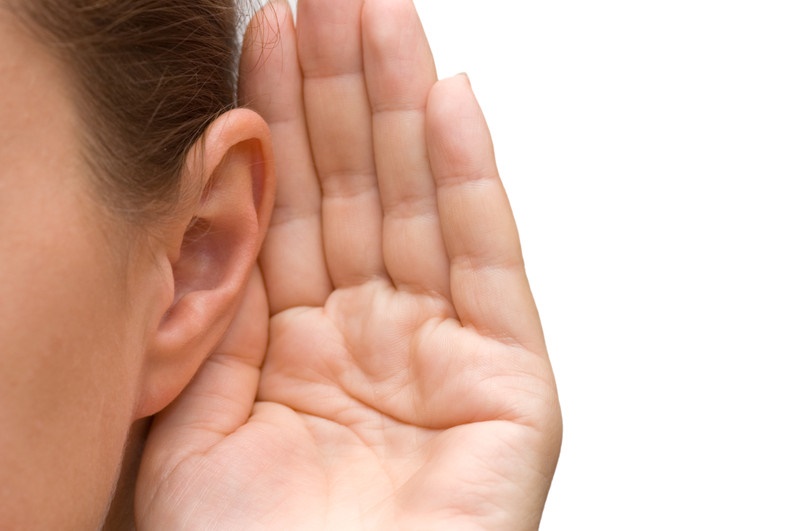
Here’s something most people are surprised to learn: in most cases of hearing loss, people can hear a number of sounds just fine, and have trouble only with specific sounds.
In particular, if you have trouble only with high-pitched sounds, you may have the most common type of hearing loss, referred to as high-frequency hearing loss.
With high-frequency hearing loss, you can in all probability hear lower-pitched sounds normally, causing the perception that your hearing is normal. Higher-pitched sounds, however, may not be heard at all.
So which frequencies should you be able to hear with normal hearing?
To begin with, sound can be classified both by its intensity (measured in decibels) and by its frequency or pitch (measured in Hertz).
With normal hearing, you’d have the ability to hear sounds inside the frequency range of 20 to 20,000 Hertz, but the most important sounds are within the range of 250 to 6,000 Hz. Inside of that range, you would be able to hear most frequencies at a fairly low volume of between 0-25 decibels.
With high-frequency hearing loss, you might be able to hear the lower frequencies at fairly low volumes (0-25 decibels), but you wouldn’t be able to hear the higher frequency sounds without raising the volume (by as high as 90 decibels with severe hearing loss).
So which higher-pitched sounds, specifically, would you have difficulty hearing with high-frequency hearing loss?
Here are four:
1. Consonants
Speech incorporates a combination of both low and high frequency sounds.
Vowel sounds, such as the short “o” in the word “hot,” have low frequencies and are usually easy to hear even with hearing loss.
Problems occur with consonants such as “s,” “h,” and “f,” which have higher frequencies and are much harder to hear. Since consonants convey the majority of of the meaning in speech, it’s no wonder that those with high frequency hearing loss have difficulty following conversations or TV show plots.
2. The voices of women and children
For the countless numbers of men who have been accused of ignoring their wives or of having “selective hearing,” they might for once have a valid excuse.
Women and children tend to have higher-pitched voices with less amplitude, or loudness. For this reason, those with hearing loss might find it much easier to hear the male voice.
Many of our patients do complain about not hearing their grandchildren, and this will oftentimes be the primary incentive for a hearing test.
3. The chirping of birds
The songs of birds chirping are generally in the higher frequencies, which means you may stop hearing these sounds entirely.
In fact, we’ve had patients specifically cite their surprise when they could hear the sounds of birds again with their new hearing aids.
4. Certain musical instruments
The flute, the violin, and other musical instruments capable of crafting high frequency sounds can be difficult to hear for those with hearing loss.
Music in general does tend to lose some of its potency in those with hearing loss, as specific instruments and frequencies cannot be differentiated.
How hearing aids can help
Along with the above, you may have trouble hearing several other sounds, like rustling leaves, rainfall, and the sound of flowing water.
But it’s not impossible to get these sounds back.
The trick to treating high-frequency hearing loss is in amplifying only the distinct frequencies you have trouble hearing. That’s why it’s vital to obtain the right hearing aids and to have them programmed by a skilled professional.
If you amplify the wrong frequencies, or worse yet amplify all frequencies, you’re not going to get the results you want.
If you think you may have high-frequency hearing loss, give us a call today. Our seasoned hearing professionals will comprehensively test your hearing, identify the frequencies you have trouble with, and program your hearing aids for optimal hearing.
Are you ready to start enjoying your favorite sounds again?
